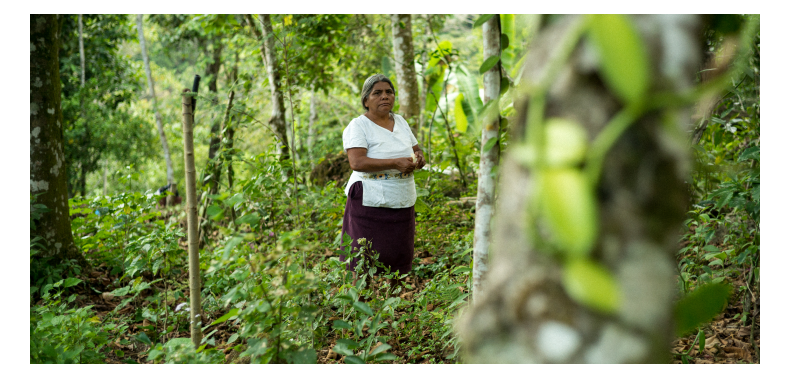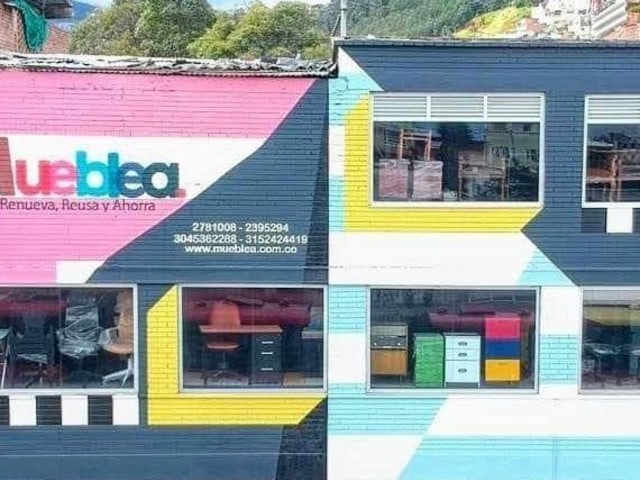A sustainable future in Copalita Zimatan-Huatulco
The Copalita-Zimatan-Huatulco watersheds lie in the state of Oaxaca, Mexico and are pieced and held together by ecosystems made up of mangroves in the South, and sinuous hills of pine-oak forests in the North, with endemic species of birds like the Sinaloa Wren and the Golden-cheeked Woodpecker flying over them 1.
In the upstream portion of the CZH, surrounded by this life, lies the municipality of San Miguel Suchixtepec, a community of approximately 3,000 people. The residents of San Miguel are mostly of Zapotec ethnicity, an indigenous group that, along with pre-Mayan Chontal, have a presence in the region that can be traced back to 15,000 years 2.
 (photo by Antonio Hernández Ramos / WWF-México)
(photo by Antonio Hernández Ramos / WWF-México)
Unfortunately, this environmentally and culturally significant landscape suffers from deforestation caused by excess logging, water contamination from domestic, urban, and agricultural sources, and the effects of climate change on water availability. Since 2004, WWF has worked with communities like San Miguel Suchixtepec to monitor, safeguard and restore the landscape through reforestation, capacity building with the best agriculture and water management practices.
The 13 social enterprises participating in the Community Conservation Programme are made up of people from communities living within the watersheds, including San Miguel Suchixtepec. These social entrepreneurs are inspired by generations of Zapotec knowledge and traditions that seek a more balanced relationship between people and nature.
To recognize and celebrate our collaboration with them Nayé, Guitiani, and Alternativa Agrícola Suchixtepecto share their thoughts about how Zapotec culture and their relationship with nature empowers them to create sustainable livelihoods for their communities and future.






